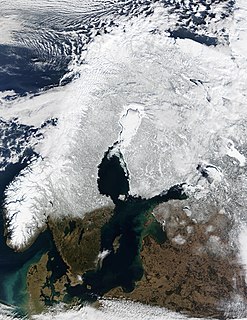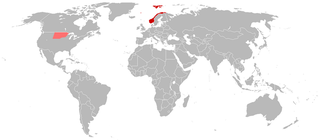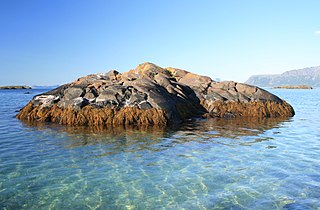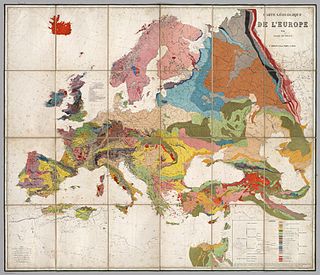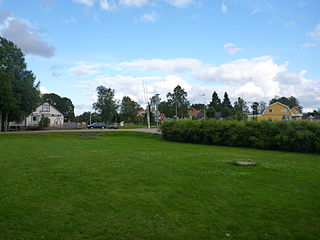 | |
| Geography | |
|---|---|
| Coordinates | 57°07′15″N12°12′57″E / 57.12083°N 12.21583°E Coordinates: 57°07′15″N12°12′57″E / 57.12083°N 12.21583°E |
| Administration | |
| Province | Halland |
| County | Halland County |
| Municipality | Varberg Municipality |
Getterön is a peninsula in Varberg Municipality, Halland County, Sweden, immediately northwest of the municipal seat Varberg.

A peninsula is a landform surrounded by water on the majority of its border while being connected to a mainland from which it extends. The surrounding water is usually understood to be continuous, though not necessarily named as a single body of water. Peninsulas are not always named as such; one can also be a headland, cape, island promontory, bill, point, or spit. A point is generally considered a tapering piece of land projecting into a body of water that is less prominent than a cape. A river which courses through a very tight meander is also sometimes said to form a "peninsula" within the loop of water. In English, the plural versions of peninsula are peninsulas and, less commonly, peninsulae.

Varberg Municipality is a municipality in Halland County, in southwest Sweden. Its seat is in Varberg.

Halland County is a county (län) on the western coast of Sweden. It corresponds roughly to the cultural and historical province of Halland. The capital is Halmstad.
Contents
Getterön was an island until 1936, when the sound between Getterön and the mainland was filled out and a road was built.
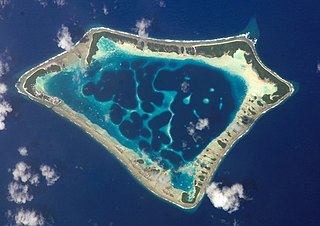
An island or isle is any piece of sub-continental land that is surrounded by water. Very small islands such as emergent land features on atolls can be called islets, skerries, cays or keys. An island in a river or a lake island may be called an eyot or ait, and a small island off the coast may be called a holm. A grouping of geographically or geologically related islands is called an archipelago, such as the Philippines.

In geography, a sound is a large sea or ocean inlet, deeper than a bight and wider than a fjord; or a narrow sea or ocean channel between two bodies of land.

